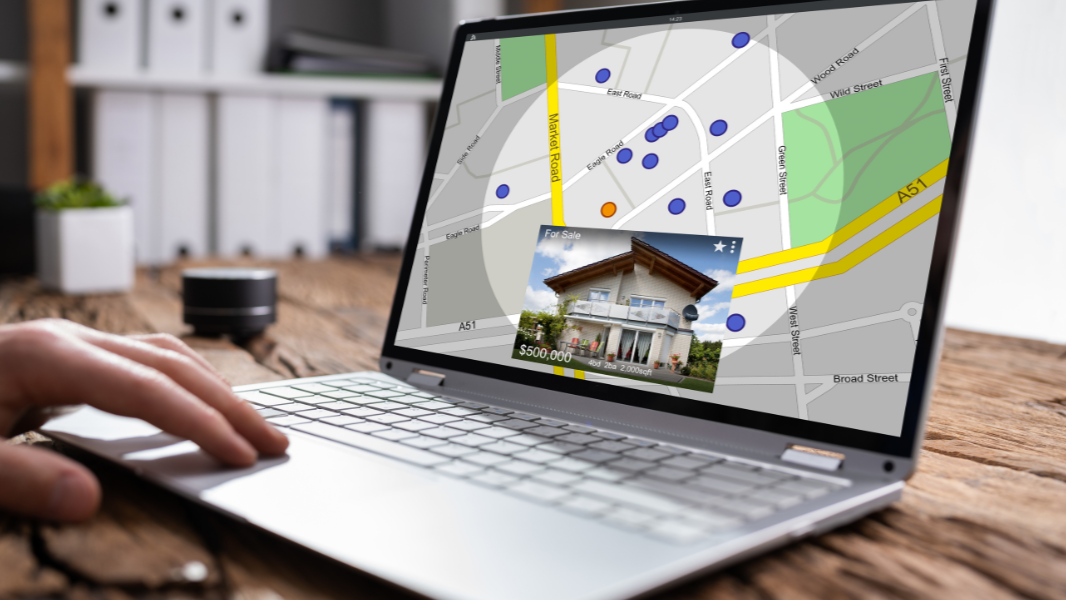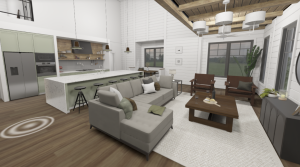Most purchase decisions end before they begin.
I’ve spent the last year investigating why seemingly identical products generate wildly different sales outcomes. The answer isn’t in the product specifications or pricing strategy. It lives in the first fraction of a second when a consumer encounters your brand.
Research shows it takes just one-tenth of a second for people to form a first impression. In e-commerce, 60% of consumers decide within 30 seconds whether they’ll stay or leave a new website.
Thirty seconds sounds generous until you realize how much rides on it.
The Emotion Behind Every Click
Here’s where conventional business wisdom breaks down. We design products rationally, price them strategically, and market their features logically. But consumers aren’t buying rationally.
Over 95% of purchase decisions are emotional rather than rational. Fear of missing out, desire for status, need for belonging. These invisible forces matter more than the practical considerations we obsess over in product development meetings.
The gap between how we sell and how people buy costs businesses billions annually.
I’ve observed this pattern across industries. A superior product with mediocre presentation loses to an average product with exceptional visual appeal. Every single time.
Design Isn’t Decoration
The numbers confirm what I’ve seen in practice. First impressions are 94% design-related, and 75% of consumers judge a business’s credibility based solely on website appearance.
Think about that ratio. Ninety-four percent.
Your product quality, your customer service infrastructure, your years of industry experience. All of it gets filtered through a visual judgment made in less time than it takes to blink.
This creates an uncomfortable reality for businesses that have prioritized substance over presentation. The substance never gets evaluated if the presentation fails in the first ten seconds.
The Investigation Continues
What strikes me most isn’t that first impressions matter. That’s obvious. What surprises me is how few businesses act like they know this.
I see companies investing millions in product development while their website looks like it was built in 2008. I watch brands obsess over customer retention while ignoring the 60% of potential customers who bounce within seconds of arrival.
The data tells us exactly where the leverage point exists. The first impression creates an emotional response. That emotional response drives 95% of the decision. And 94% of that first impression comes from design.
The math isn’t complicated. The execution apparently is.





